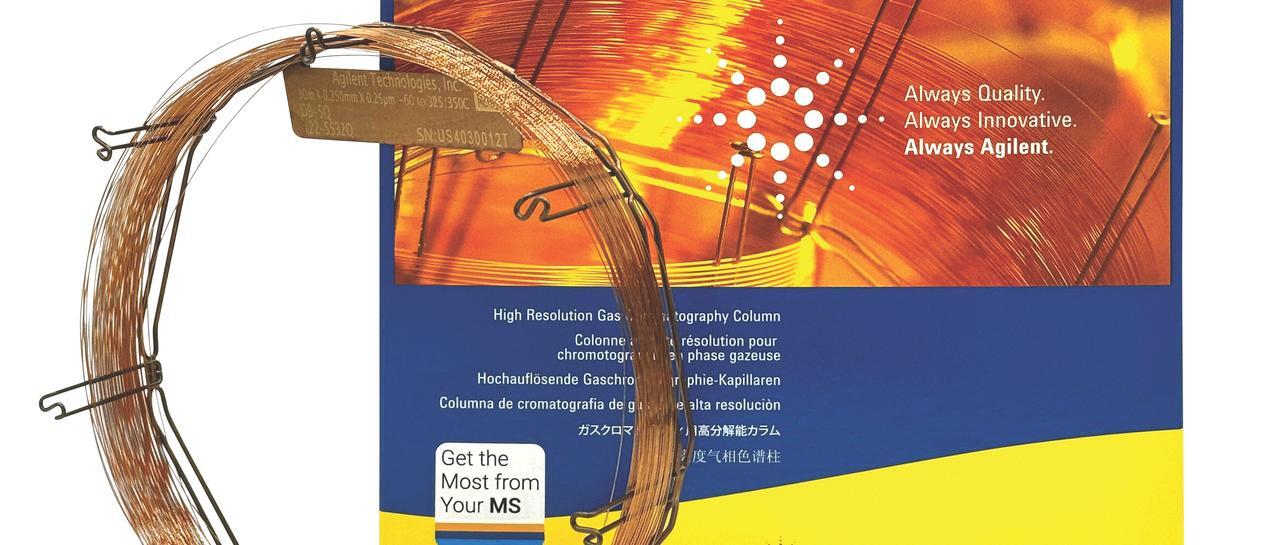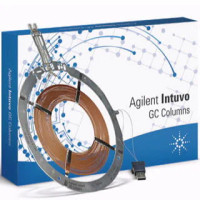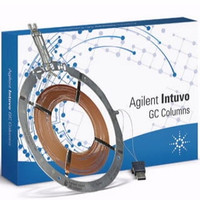DB-UI 8270D Ultra Inert

Application Specific GC Columns
Agilent J&W DB-UI8270D columns are purpose-built for the rigorous demands of EPA Method 8270D semivolatile organic compound (SVOC) analysis. Engineered with an Ultra Inert stationary phase and advanced manufacturing technology, these columns deliver exceptional peak shape, improved analyte recovery, and highly reproducible performance—even at trace-level concentrations. Unlike traditional SVOC columns, DB-UI8270D achieves enhanced inertness without compromising bleed, efficiency, or the selectivity required for complex environmental workflows.
Designed specifically for low-level quantitation, DB-UI8270D technology minimizes active-site interactions that commonly affect acids, bases, and thermally sensitive compounds. This results in greater mass-spectral integrity, higher signal-to-noise ratios, and more reliable detection of trace-level contaminants found in soil, water, air, wastewater, and solid waste matrices typically analyzed under EPA 8270D and related semivolatiles methods.
Each DB-UI8270D column undergoes rigorous QC evaluation using some of the most challenging and chemically active semivolatile compounds—including propanoic acid, pyridine, 1,2-butanediol, 1-chloro-2-fluorobenzene, and m-/p-xylene—tested at low oven temperatures (45 °C). This ensures optimal inertness and sharp peak shapes for analytes at 5–10 ng on-column, supporting sensitive, defensible quantitation in high-throughput environmental laboratories.
With its combination of Ultra Inert deactivation, optimized phase chemistry, and tight manufacturing control, DB-UI8270D offers superior robustness, column-to-column reproducibility, and exceptional stability over long analytical sequences—delivering the performance required for routine SVOC analysis and demanding environmental regulatory workflows.
-

-

122-9736-INT - DB-Ultra Inert Intuvo GC column module 8270D, 30 m, 0.25 mm
$1,030.75$1,085.00Agilent
-

122-9732-INT - DB-UI 8270D Intuvo GC column module, 30 m, 0.25 mm, 0.25 um
$1,030.75$1,085.00Agilent
-

-






